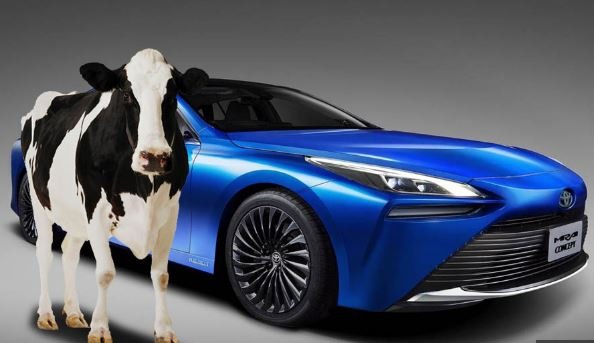Hydrogen Car Sales Surge in the United States
Hydrogen cars in the United States, especially in California, are doing well. In the third quarter of 2023, 966 new hydrogen cars were sold in the U.S., which is a big increase from last year (531% more), although the starting number was quite low at 153 units. This data comes from the Hydrogen Fuel Cell Partnership, which collects it from car sales by dealers to customers.
This good news follows a record-breaking second quarter with 1,076 units sold. It’s interesting because the number of available car models didn’t go up, and there hasn’t been much progress in building new refueling stations.
Right now, the most popular hydrogen car is the Toyota Mirai, with 882 sales in the last quarter, showing a huge increase of 1,016% from last year. But the Hyundai Nexo is not doing as well, with only 68 units sold in Q3. Other models like the Honda Clarity Fuel Cell were discontinued a few years ago.
If Hyundai decides to stop making the Nexo and focuses on electric cars, then Toyota will be the only company selling hydrogen cars.
In contrast, electric cars are much more popular in California, with around 100,000 units sold per quarter, and that’s not even counting the rest of the country.
In the first nine months of 2023, over 2,700 hydrogen cars were sold, which is 39% more than last year. Overall, it looks like this year will be better for hydrogen car sales than 2022.
By the end of the quarter, more than 17,700 hydrogen cars were sold, which is 25% more than last year, including nearly 14,000 Toyota Mirai cars. However, it’s taken over 10 years to reach this point, so it’s not a huge reason to celebrate.
When it comes to refueling stations for hydrogen cars, as of October 25, 2023, California has 55 open retail stations. There are also some stations under construction, in permitting, or proposed, but the numbers have decreased a bit compared to previous reports. In total, there are 97 stations for light-duty vehicles. If we do some quick math, there are about 322 hydrogen cars for every station, although this number is a bit lower because some older cars have been taken out of service.

